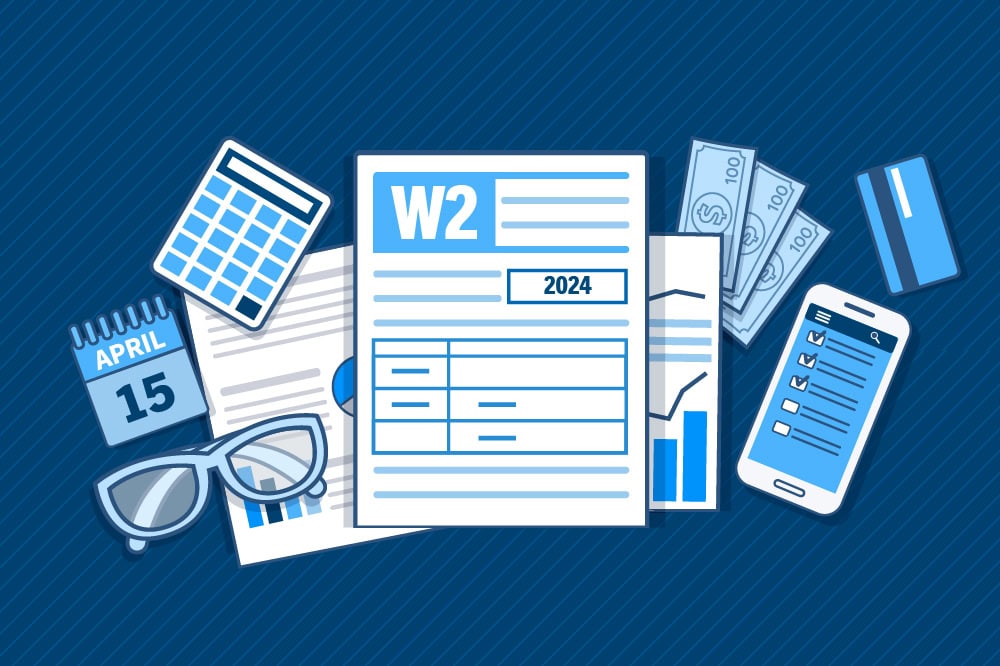The federal government finances its operations with taxes, fees, and other receipts collected from many different sectors of the economy. The largest sources of revenues are individual income taxes and payroll taxes.
While nearly all Americans pay taxes, the composition of the type of taxes paid is very different for taxpayers at various points in the income distribution. Affluent Americans pay a larger share of their income in individual income taxes, corporate taxes, and estate taxes than do lower-income groups. By contrast, lower-income groups devote a greater portion of their earnings to payroll and excise taxes than wealthy Americans.
In the aggregate, the U.S. tax code is progressive — with higher-income taxpayers paying a larger share of their income in taxes. That is true despite the fact that high-income Americans benefit disproportionately from tax breaks, otherwise known as tax expenditures. The Congressional Budget Office estimates that the top 20 percent of taxpayers received 50 percent of the value of major tax expenditures in 2019, while only 9 percent went to the bottom 20 percent. Nevertheless, the top one percent of American taxpayers paid an effective tax rate of 29 percent, on average, while the bottom 20 percent of the population paid an average of 3 percent.
Our tax system remains complex, confusing, inefficient, and, some would say, unfair. Tax reform done right would promote economic growth, make our fiscal outlook more sustainable, reduce the complexity and burden of compliance, and increase the system’s transparency and fairness by treating individuals and businesses in similar circumstances more equally. Fortunately, there are many possible solutions for reform.
Photo by wingedwolf/Getty Images
Further Reading
Infographic: How the U.S. Tax System Works
One issue that most lawmakers and voters agree on is that our tax system needs reform.
No Taxes on Tips Would Drive Deficits Higher
Eliminating taxes on tips would increase deficits by at least $100 billion over 10 years. It could also could turn out to be a bad deal for many workers.
Should the U.S. Change the Corporate Tax Rate in 2025?
Here’s why lawmakers lowered the corporate tax rate in 2017, how the lower rate impacted the U.S., and how the rate might be reformed in 2025.


